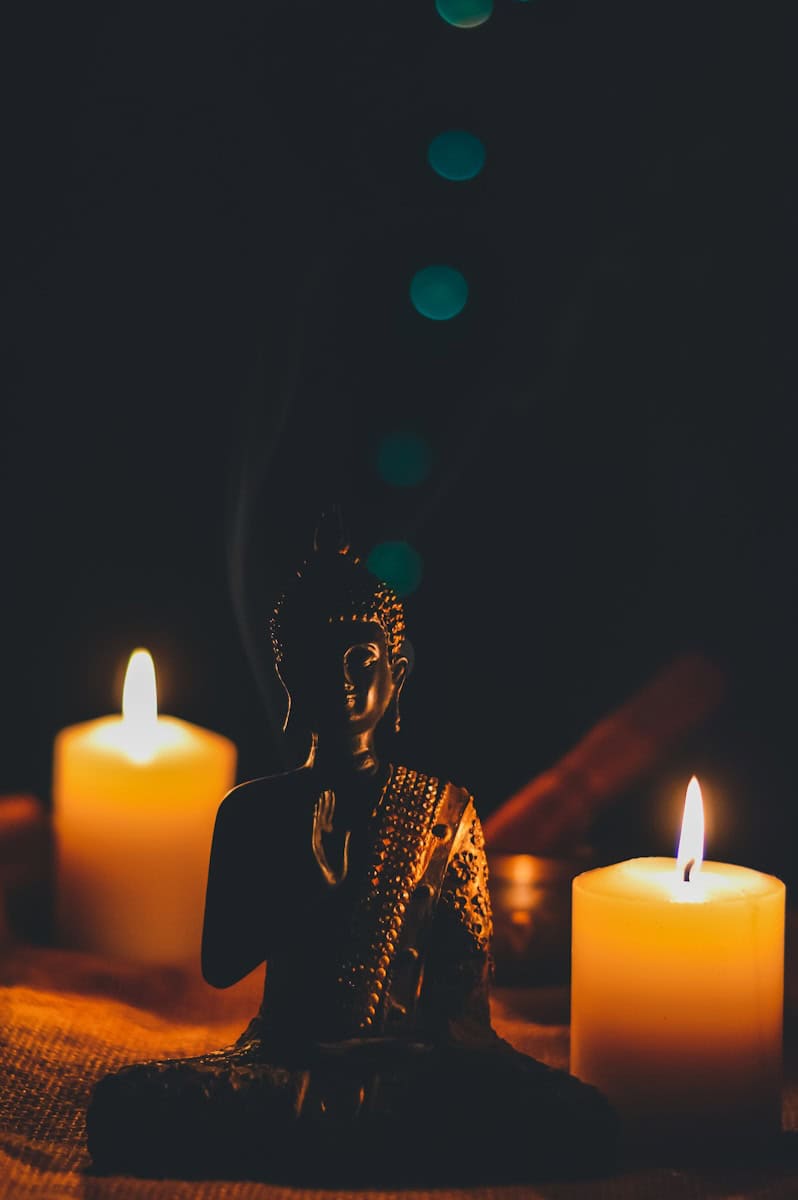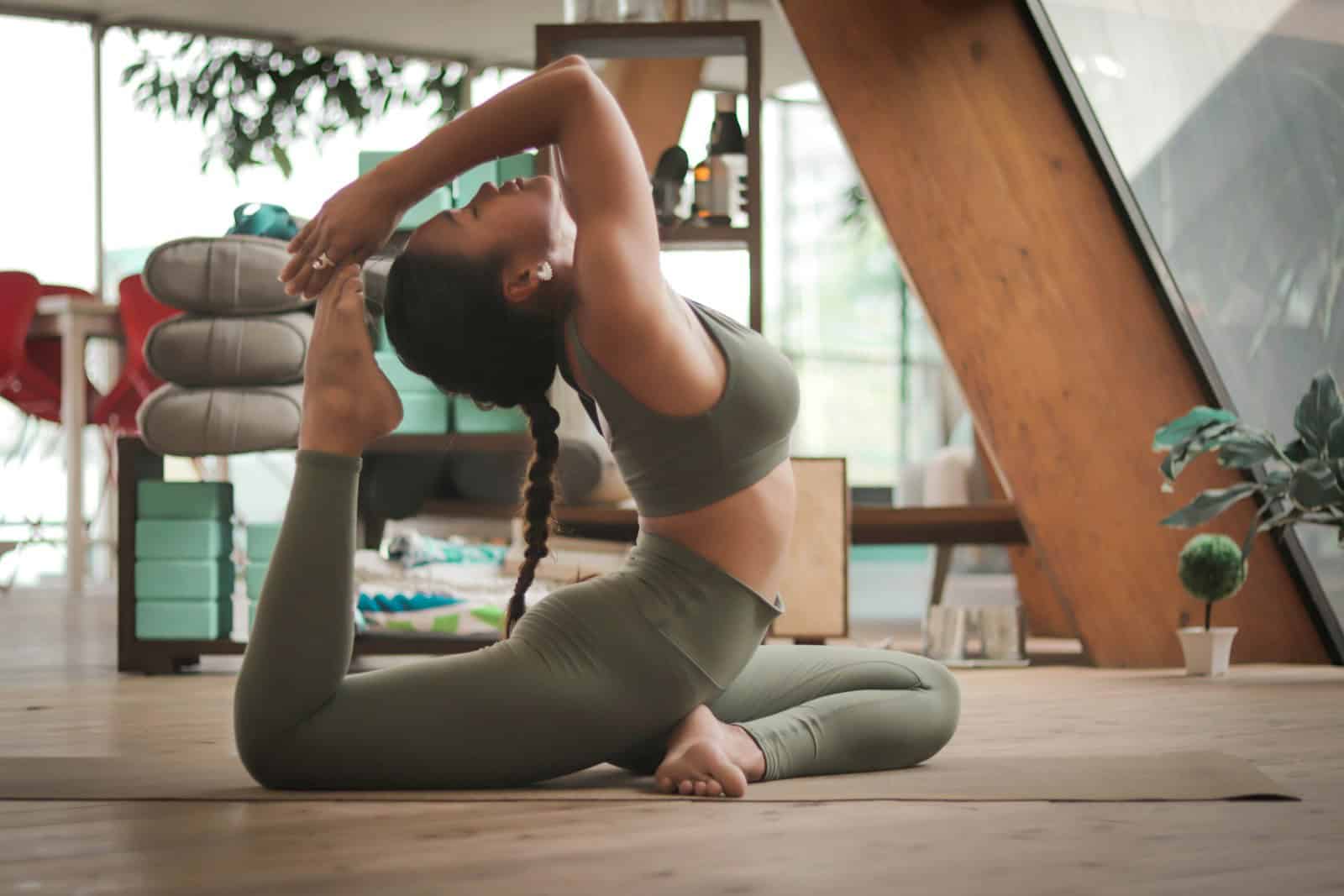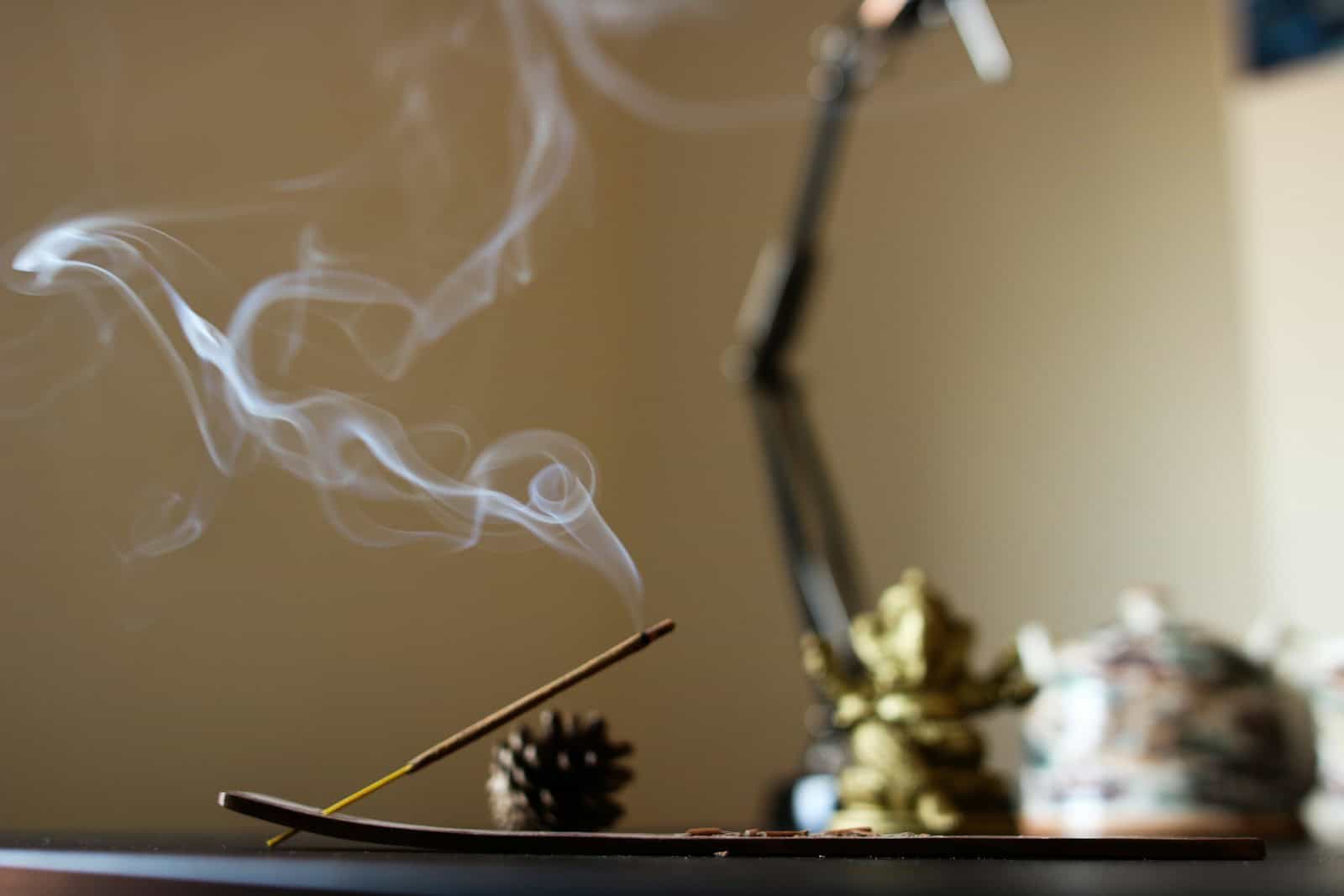Finding Harmony: The Intersection of Meditation, Interior Design, and Yoga
In the fast-paced world we live in, finding moments of tranquility and inner peace is more important than ever. While meditation, interior design, and yoga may seem like distinct practices, they share a common goal: creating spaces that nurture the mind, body, and spirit. Let’s explore how these three elements intersect to cultivate harmony and well-being in our lives.

1. Creating Sacred Spaces: Just as meditation and yoga offer us opportunities to connect with our inner selves, thoughtful interior design can transform our physical spaces into sanctuaries of peace and serenity. By incorporating elements of nature, soft lighting, and comfortable furnishings, we can create environments that invite us to pause, breathe, and center ourselves.
2. Mindful Design Choices:Mindfulness is at the heart of both meditation and interior design. When designing a space, whether it’s a home, office, or yoga studio, consider how each element contributes to the overall ambiance and energy of the space. Choose colors, textures, and decor mindfully, selecting items that evoke feelings of calmness, balance, and harmony.
3. Flow and Movement:*Just as yoga encourages us to move with intention and awareness, thoughtful interior design considers the flow and movement within a space. Create layouts that allow for easy navigation and natural movement, promoting a sense of openness and freedom. Incorporate elements like flowing curtains, organic shapes, and curved furniture to evoke a sense of fluidity and grace.

4. Mind-Body Connection:Both meditation and yoga emphasize the importance of cultivating a strong mind-body connection. In interior design, this connection is reflected in the choice of materials and furnishings that support physical comfort and well-being. Choose ergonomic furniture, soft textiles, and natural materials that encourage relaxation and enhance our connection to the present moment.
5. Rituals and Routines:Incorporating rituals and routines into our daily lives is key to maintaining a sense of balance and harmony. Just as we might begin our day with a meditation practice or end it with a yoga session, we can infuse our living spaces with rituals that promote mindfulness and intentionality. Whether it’s lighting a candle, practicing gratitude, or creating a cozy reading nook, these rituals can help us transition mindfully between different activities and states of being.
6. The Power of Stillness: At the heart of both meditation and yoga is the practice of stillness—of quieting the mind and finding peace in the present moment. In interior design, this concept is embodied in spaces that embrace simplicity, minimalism, and uncluttered beauty. Create areas within your home or workspace where you can retreat from the noise and busyness of daily life, allowing yourself to find solace in silence and stillness.
7. Cultivating Presence: Ultimately, the intersection of meditation, interior design, and yoga invites us to cultivate presence in every aspect of our lives. By designing spaces that support our well-being, practicing mindfulness in our daily routines, and nurturing our mind-body connection through yoga and meditation, we can create lives that are grounded, balanced, and full of joy.

Incorporating these principles into your own life can help you create spaces that are not only beautiful and functional but also deeply nourishing for the soul. Whether you’re redesigning your home, creating a yoga sanctuary, or simply seeking moments of peace in your day-to-day life, remember that the journey towards harmony begins within. 🌿🧘♀️🏡

